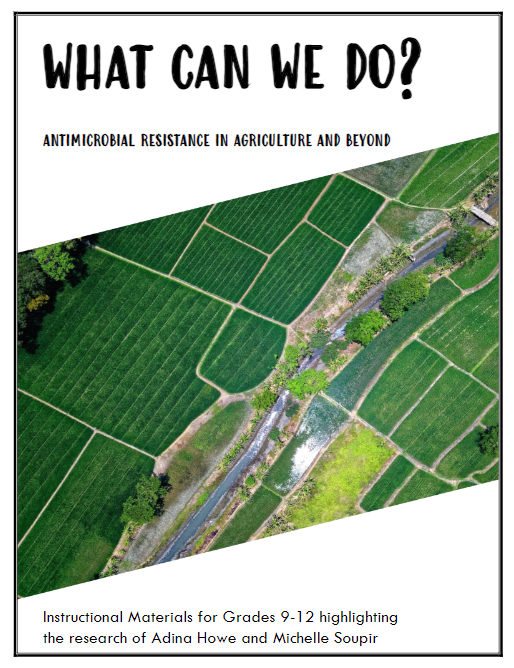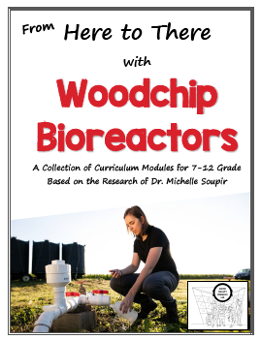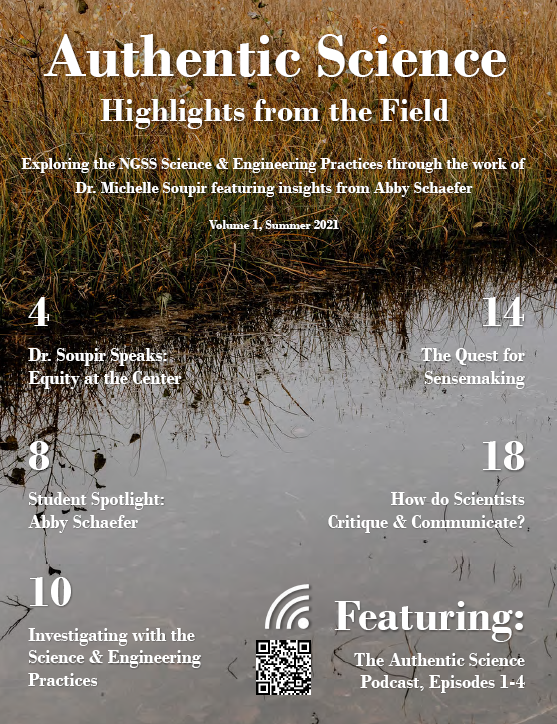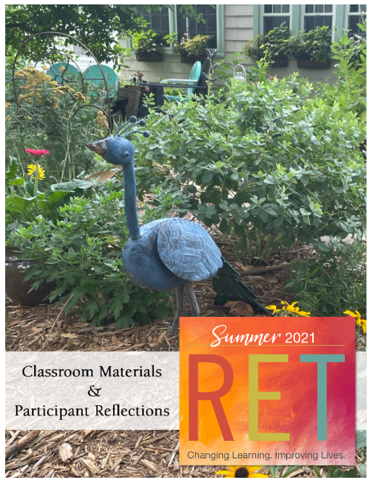A full set of instructional materials created in collaboration with Iowa State University researchers, Dr. Adina Howe and Dr. Michelle Soupir. Students investigate the development of drug-resistant microbes in agricultural settings and engage with two hands-on investigations, each focused on the importance of using the Next Generation Science Standards (NGSS) Science and Engineering Practices to make sense of various phenomenon.
Continue readingSummer 2022 RET Deliverable Booklet
Produced during the 2022 summer Research Experience for Teachers (RET) at Iowa State University, this booklet showcases the participants experience and how they will bring this back to their classrooms.
Continue readingPCR Investigation
This is a stand-alone protocol which asks students to use polymerase chain reaction (PCR) and gel electrophoresis to identify the Alu gene sequence. It is written specifically for use with the miniPCR Bio blueGel(TM) and mini16 thermal cycler equipment. Contact Biotech Outreach for additional information.
Continue readingWoodchip Bioreactors
A full set of instructional materials created in collaboration with Iowa State University researcher, Dr. Michelle Soupir. Students investigate woodchip bioreactors as an emerging technology designed to improve the health of our waterways by denitrifying surface water. Students engage with two hands-on investigations while focusing on the importance of using the Next Generation Science Standards (NGSS) Science and Engineering Practices to make sense of various phenomenon.
Continue readingAuthentic Science: Science and Engineering Practices
A magazine-style publication that explores the Next Generation Science Standards Science and Engineering Practices (SEPs) through the work of Dr. Michelle Soupir, featuring insights from Abby Schaefer. Both researchers discuss how the practices and scientific habits of mind impact their research in water quality.
Continue readingDNA Transformation of Bacteria: Red Colony
In this experiment, a plasmid with a gene (DNA) for resistance to the antibiotic ampicillin and the lacZ gene will be transferred into a susceptible strain of the bacteria. The same technique is used to transfer genes (DNA) for the production of insulin, growth hormones, and other proteins into bacteria. The transformed bacteria are used in fermentation to produce commercial quantities of the protein for treating diabetes, dwarfism, or other uses. The cells that take up this plasmid will show resistance to the antibiotic and produce a color change (dark red) as the lacZ gene converts lactase in the media.
Continue readingDNA Transformation of Bacteria: Ampicillin Resistance
In this experiment, a plasmid with a gene (DNA) for resistance to the antibiotic ampicillin will be used to transfer the resistance gene into a susceptible strain of the bacteria. The same technique is used to transfer genes (DNA) for the production of insulin, growth hormones, and other proteins into bacteria.
Continue readingDNA Fingerprinting (protocol only)
DNA fingerprinting is a technique used in biotechnology laboratories to establish links between various samples of DNA. These samples would likely be taken from several different sources and compared to see if – or how well – they match. Scientists are able to determine relationships among the sources of DNA depending on the results of the “fingerprint” using gel electrophoresis.
Continue readingSummer 2021 RET Deliverable Booklet
Produced during the 2021 summer Research Experience for Teachers (RET) at Iowa State University, this booklet showcases the curriculum materials participants wrote to be used with students. Each teacher created a “dilemma” that connects with their summer research project and helps students hone their skills in creating evidence-based arguments.
Each dilemma is supported with a unit storyline, connections to science and math academic standards, and a discussion of possible assessment strategies.
Continue readingSummer 2020 RET Deliverable Booklet
Produced during the 2020 summer Research Experience for Teachers (RET) at Iowa State University, this booklet showcases the curriculum materials participants wrote to be used with students. Each teacher created a “dilemma” which connects with their summer research project and helps students hone their skills in creating evidence-based arguments.
Each dilemma is supported with a unit storyline, connections to science and math academic standards, and a discussion of possible assessment strategies.
Continue reading








